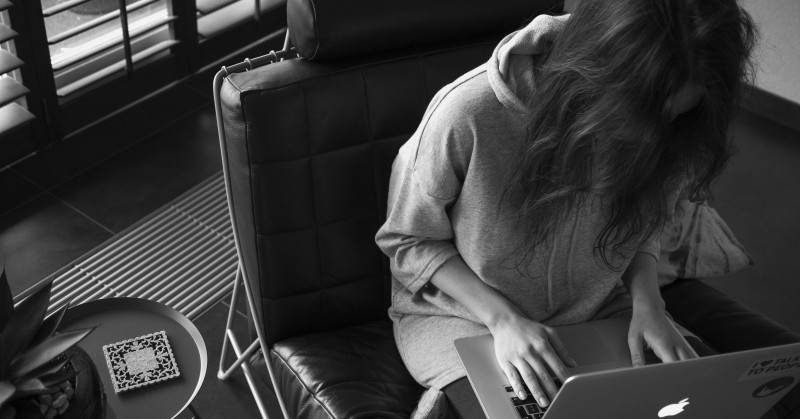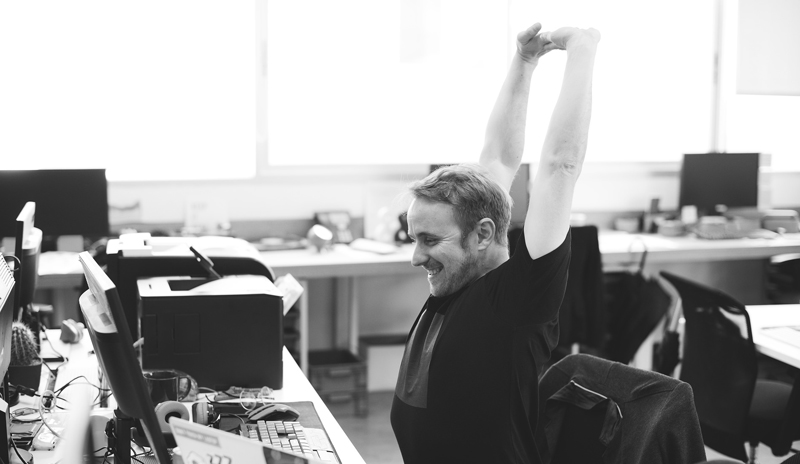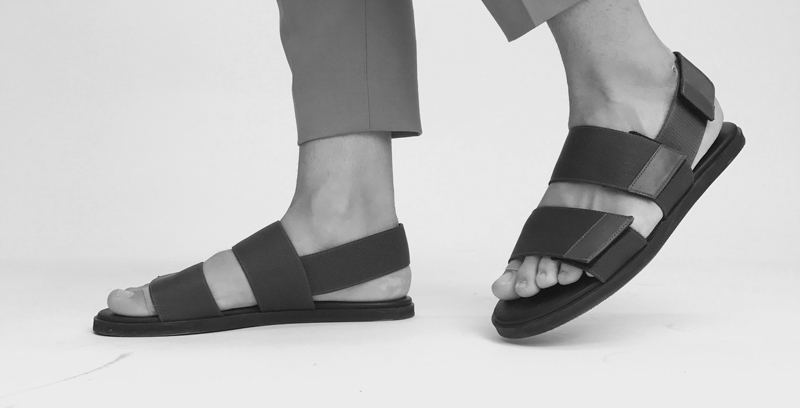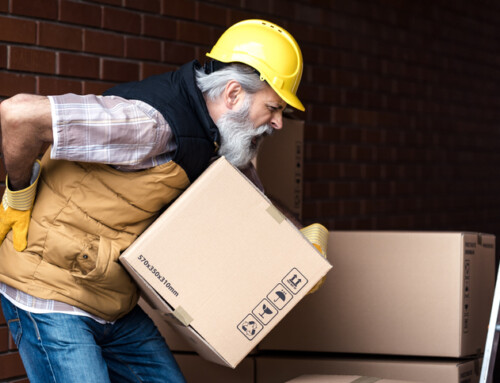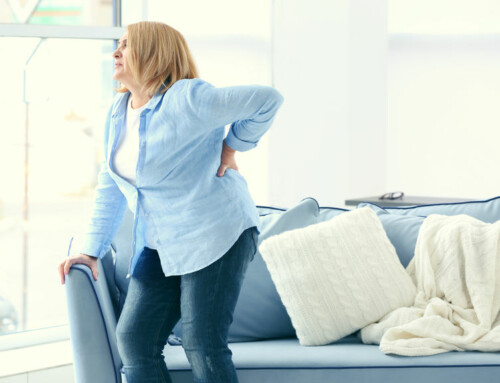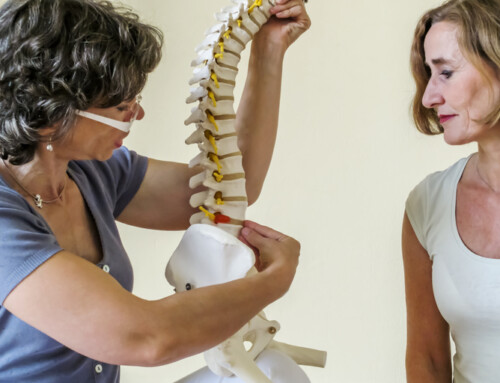By Nicholas Gallagher, SPT
“Sitting Is The New Smoking”
We have heard this statement repeatedly on news segments, online articles, and personal opinions from the people we pass on the street. Is this a fair statement to say? Maybe we should clarify a gross overstatement on human movement.
Sitting has arguably received the worst reputation change in recent human history. Sitting has made the transition from something people did and never thought about, to something people are comparing to opening a pack of cigarettes. In some degree, it does make sense. Our bodies have undergone 200,000 years of evolution, only to face the modern 4-legged monster known as the chair. With the chair, we have drastically decreased our movement throughout the day, setting ourselves up for not only various musculoskeletal problems, but the development of an unhealthy lifestyle.
Maybe an example can help clarify:
- Think of a body that was made and primed for movement. Imagine 200,000 years of trial and error; each generation sharpening their movement skills from the last generation. Then imagine the same species hitting a wall (we can call this wall the chair). Being forced to sit for long periods of the day and expecting the same, if not more, mental and physical performance. Our bodies are confused.
The most common solution people will provide to combat increased sitting is standing. Standing desks have drastically expanded the market for a more “ergonomic” workplace setting. We cannot blame the public for these comparisons; sitting increases your chance to slouch, decrease movement, and reduces visual variability… but standing can do the same. Let’s say a tiger enters a room with two people in it: one sitting and one standing. The person standing will easily be able to get a quick getaway since their muscles were in a more favorable position for running. The person sitting now must transition from a resting state to a mobile state… good luck getting away. Instead of making the drastic switch from sitting to standing and thinking you have eliminated your chance to get eaten by a tiger or develop any form of lung cancer (because hey, sitting is the new smoking, right?), maybe we should focus on 3 very important factors that all humans should follow for a healthy lifestyle:
- Postures
- Casts
- Mechanotransduction
Postures + Mechanotransduction
The human body is fantastic. Put us in an environment and we will thrive. The problem we face today is now our day may consist of mostly static postures. Think of an individual who has a desk or standing job. For roughly 8 hours, their body is familiar to sitting or standing, so their muscles and bones will favor that posture. Plus, we all have those fancy couches and chairs we love to sit on when we get home. Over time, there is an increased risk for injury. Why? Because we are using the same movement pattern daily; we have no variety.
Think of a car only using one single gear wherever it goes. You will soon have major problems with that one gear. So now, let’s say that same individual sitting all day develops some low back pain. They are now debilitated, they can’t work as hard during the day, and now they have trouble sleeping. Similarly, that car with only one gear is now developing problems, it’s not driving as well, and sometimes it won’t even move when pressing the gas pedal. We go to the doctor (or physical therapist) just like a car will go to a mechanic to be fixed. The problem is simple for both the mechanic and clinician: incorporate exercise (a second gear). Now, the individual and the car are feeling better; both are running well and decreasing their symptoms.
Six months later, we are back to low back pain and the car having troubles. Why? Didn’t the problem get fixed? Probably not. Having two gears in a car is better than one, but that is not enough variety for the various hills and terrains we need to drive on each day. Similarly, incorporating exercises for a short period of the day, is not enough variety in an individual’s day to mitigate 8+ hours of a static posture. This is why a car can have six or more gears, and when taken care of, can last a long time. We need more movement variety in our lives as humans. We are bound to the same movement patterns each day, and with time, may cause more wear and tear than we would like. Incorporating movement variety and taking care of our movement patterns should be the focus.
Prescribing exercises isn’t enough, the fundamental aspect of movement must be changed in the patient’s daily life. This is where mechanotransduction comes into play: our cells are constantly responding to our mechanical environment. If we can tell our bodies that more variety of movement is okay, then we don’t need to do so much “exercising”. Exercising is movement, we do not need take time out of our day to “move”, just like we do not take time out of our day to blink our eyes. Giving exercises to an individual who will not change their daily habits, is like putting a band-aid on a tumor; it’s probably not going to work. Let’s stop “exercising”, and start moving.
Casts on Movement
An individual breaks their arm, they go to the doctor, and the doctor puts a cast on them. What is the cast for? Restricting movement. It is a very medically smart idea, because the bones need to heal. As a physical therapist, we are concerned; we need to make sure that movement is happening in the joints around the injury so they don’t get stiff. This is exactly why movement and regaining the range of motion after the cast comes off is super important. What happens when a cast is left on for too long, or never taken off? It makes medical professionals cringe, because we will soon lose function of the body part underneath the cast. The following are 3 examples of casts (this is not meant for you to be concerned, but to be mindful):
1. Shoes
Our feet are amazing. We have muscles that help us form a stable surface when our feet are in contact with a surface. We have bones that are very mobile and strong that support our entire bodyweight. We have sensation on the bottom of the foot, just like our hands, to help us navigate through various terrains we step on. Introduce the shoe and all three of those are restricted. We start to lose our full potentional of foot function. A progression to minimal shoes or increasing barefoot time can help mitigate these problems.
2. Walls
Having an enclosed space is not only used for protection, but for comfort. But if you do not have a job that allows you to be outside, try this out. Think of the total amount of time that you use your vision to see the outside world and compare it to the total amount of time you are staring at a wall or screen. Most likely, we are spending more time staring at a wall or screen. As humans, we lose our visual acuity by looking at close walls and screens. If you look around you right now and cannot see outside, open a window or change your work environment to be able to see outside.
3. Desks
Similar to what we talked about with postures, desks are a cast to our movement. We are bound to them, whether they are standing or seated, it is a restriction of our movement. Periodic breaks of short walks or various movements can help mitigate symptoms related to static postures
Everything Is Going to Be Okay
This title is probably a contradiction to everything that was explained above. Before we all go bulldoze our walls down, throw our beds/couches/chairs away, and never wear shoes, we need to look at the realistic side to this argument.
Things will never be perfect, but you only have one life and probably want to use it to its fullest potential. Recognizing the patterns that we got caught up in over the past years or decades is okay. It is a learning curve. Our bodies were perfected by trial and error, and that is what we are going through right now. I am sure the invention of the chair or shoes were meant for good intentions, but sometimes we need to pause, think, and understand “why” we do the things we do. Slowing down is fundamental for improving our daily lives. The following are small recommendations that do not take much time, and you may even enjoy them:
- Perform more general, regular movement; let go of using the word “exercising” and call it “movement”. Still do the things you like to do, but move more.
- Take your shoes off occasionally. A good start is going barefoot at home.
- Look outside and breathe at least once day. Understand what your goals are and what is important to you. Bring that mind-body connection back.
If you are suffering from ergonomic pain or discomfort, contact our physical therapy clinics in Malta – Saratoga Springs at 518-289-5242 , or Queensbury – Glens Falls at 518-289-5242.

